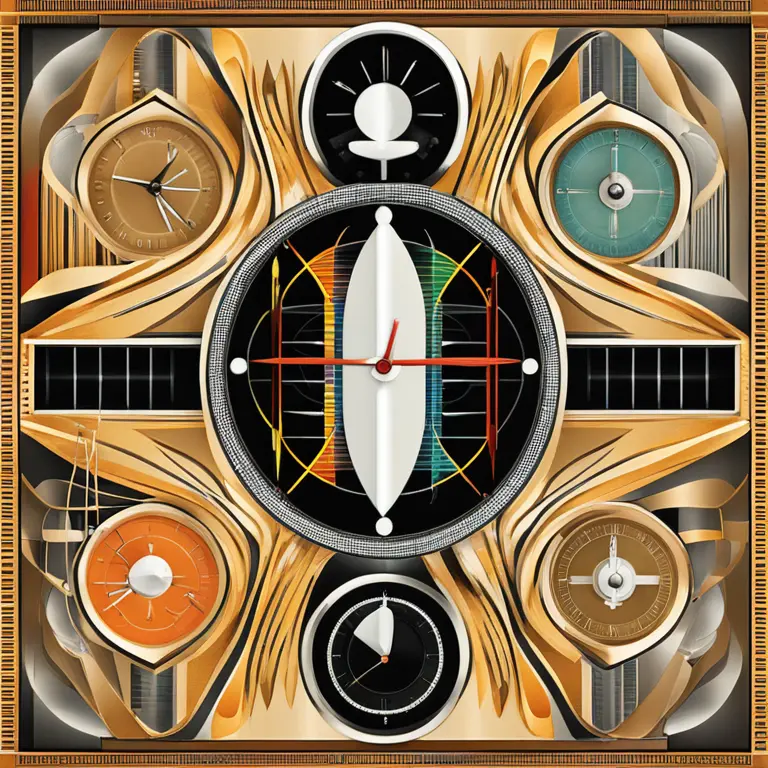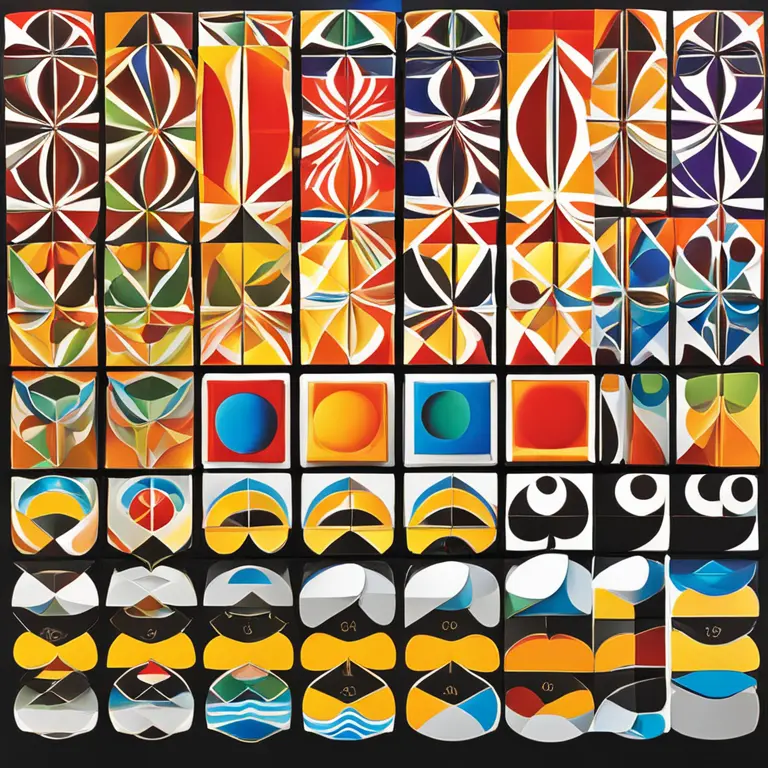
The Scientific Basis of Biorhythms
An in-depth look at the science behind biorhythms, examining the principles that support their relevance in our lives.
article by Adrian Wallace
The Foundation of Biorhythm Theory
The concept of biorhythms dates back to the late 19th century, originating from the idea that human life is influenced by natural, rhythmic biological cycles. Over the years, researchers have attempted to pinpoint these cycles, suggesting that they may influence our physical, emotional, and intellectual capabilities. Despite varying opinions on their legitimacy, the idea that our bodies operate on a kind of internal clock is supported by modern science, including circadian rhythms and seasonal affective disorders—establishing a foundation for biorhythm theory.

Investigating the Cycles
Biorhythms present three primary cycles: the 23-day physical cycle, the 28-day emotional cycle, and the 33-day intellectual cycle. According to proponents, understanding these cycles can foresee periods of strength and vulnerability. Scientific investigations have yet to conclusively validate these exact cycles. Nonetheless, the recognition of patterns and rhythms in biological systems has been acknowledged, supporting the argument that the body's functions are influenced by various cycles – some of which echo elements of biorhythm theory.

Biorhythms and Chronobiology
Chronobiology, the study of biological rhythms and their mechanisms, has established a tie to biorhythms. This science acknowledges that living organisms, including humans, have internal timekeepers known as biological clocks. These govern behaviors like sleep, digestion, and hormonal activities, contributing to a scientific understanding of our daily biological rhythms. Investigations into how these rhythms align with or diverge from traditional biorhythm theory could shed light on the validity and practical applications of tracking personal cycles.

Contemporary Research and Technology
With advancements in wearable technology and bioinformatics, contemporary researchers have more tools at their disposal to study biorhythms. Such devices can track sleep patterns, activity levels, and even emotional states, providing empirical data that may reinforce or challenge biorhythm theory. Ongoing research into the human genome and how genes regulate biological processes can also offer insights into the scientific foundations of our body's natural rhythms.
Applications in Personal Wellness
Biorhythms have found a niche within the wellness industry. Many individuals and professionals utilize rhythmic patterns to make decisions aimed at improving health and well-being. If further scientific research could substantiate aspects of biorhythm theory, it might revolutionize the way we approach self-care and wellness strategies, potentially integrating with holistic and conventional medical practices.
Skepticism and the Scientific Method
Despite the potential links to science, biorhythms have garnered skepticism. Critics argue that the theory lacks empirical evidence and rigorously designed studies to back its claims. True scientific validation of biorhythms would require conclusive data to withstand the scrutiny of the scientific method. Only through such verification can biorhythms be fully considered a scientific discipline, a challenge that researchers in the field continue to address.
Published: 1/30/2024
Modified: 1/30/2024
More predictions
Come back here soon to learn more about yourself and your future


The Rhythms Within Science: A Guide to Biorhythms
Delve into the science of biorhythms to grasp how the physiological cycles influence our lives. This guide breaks down the complexity of biorhythmic patterns.


The Rhythms Concept: A Guide to Biorhythms
Discover the intriguing concept of biorhythms: the cyclic patterns influencing our physical, emotional, and intellectual states.


The World Of Rhythms: A Guide to Biorhythms
Delve into the world of biorhythms to comprehend how they influence our physical, emotional, and intellectual states. Discover their significance and implications for your day-to-day life.